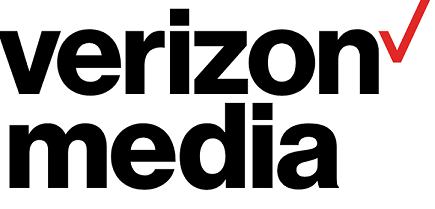 Commentary on Verizon Media’s technology roadmap, which focuses on market drivers. Managed and horizontally diversified downstream live-streaming services capabilities are crucial differentiators.
Commentary on Verizon Media’s technology roadmap, which focuses on market drivers. Managed and horizontally diversified downstream live-streaming services capabilities are crucial differentiators.
In post-COVID-19 trade interviews that Omdia held with premium content owners who have large investments in time-bound projects such as sports, concerts, entertainment awards, news, and multiplayer live gaming, 38% of those interviewed said that exploiting ad-supported monetization avenues, extending remote audience engagement rates, and enhancing cost-effective multichannel reach would remain the top three business priorities over the next 12–15 months. Furthermore, as social networks become a vital consumption platform for time-bound projects, embracing a converged multiplatform publishing supply chain at lower total cost of operation (TCO) is essential for improving single media asset ROI in the long run. This will pave the way for adoption of live-streaming technologies, not only enabling multifaceted ultra-low latency based distribution “anywhere” but also lowering inefficiencies across hybrid monetization and remote audience engagement workflows.
In the past six months, Verizon Media has been following a market-driver-centric technology roadmap with aggressive acceleration of their live TV & video value proposition. Omdia believes that its server-side ad-bidding (Smartplay Prebid), lean multidimensional syndication (Verizon Control), remote interactivity (Live Event Markers, multi-camera viewing), and social engagement (pre-integrated with user-generated networks) will not only safeguard average revenue per advertiser (ARPA) but also facilitate operational excellence and the acquisition of newer audiences.
Managed and horizontally diversified downstream live-streaming services capabilities are crucial differentiators
In 2021, after the majority of time-bound projects (especially large-scale sporting events) are reinstated, content providers will need to invest in a reimagined “live-streaming 2.0” with the goal of achieving fully hybrid audience engagement if they are to accelerate their long-term competitive edge. This will require tomorrow’s premium content owners to do the following:
Increase engagement rates: Unprecedented premium location-agnostic remote quality of engagement (QoE)
Accelerate incremental average revenue per user (ARPU) and customer retention rates: Replication of in-stadium experience across diverse digital touchpoints on a real-time basis, including clustered tailored viewership with negligible live media-consumption lead time
Expand reach and local share: Improve unprecedented, ultra-low latency centric, social-engagement touchpoints
Improve incremental ARPA: Personalized ad-supported monetization avenues across multiple live business environments, devices, platforms, and locations
Enhance newer customer acquisition rates: Consistent linear TV & video quality of service (QoS) on OTT platforms
Although time-bound projects have traditionally been at the epicenter of Verizon Media’s technology positioning and growth strategy for almost five years, recent downstream live-streaming services enhancements have been a key enabler for premium content owners to meet tomorrow’s new normal OTT business requirements. Some of the significant upgrades are as follows:
Open source, server side, transparent, inventory pre-bidding framework, along with monitoring analytics for each ad lifecycle to increase contextual monetization ROI and reduce revenue leakages
Streamlining, along with reduced inefficiencies of OTT linear TV & video contribution workflow from capture, ingest, and acquisition to transfer of live streams from the origin (stadium, event location, etc.)
Reduction in syndication across multiple social channels and in publishing inefficiencies with pre-embedded network partnerships that include Facebook, Twitter, YouTube, and Twitch
Real-time remote audience viewership and engagement, especially social collaborative experiences personalized to homogenous individuals and households at scale
Cost-effective, unified, and end-to-end managed OTT live-content supply chain, supporting concurrent audience base across multiple locations and events simultaneously
As premium content owners embark on building the next generation of sustainable hybrid live-streaming ecosystems, Verizon Media’s horizontally integrated live-streaming USP with a strong professional and managed services portfolio is well positioned to meet these newer engagement formats. Finally, Omdia believes that as localization becomes a core norm across the OTT TV & video space, adopting a social-first remote-engagement strategy will be essential for premium content owners to safeguard their market positioning and operating margins.
Source:Omdia


